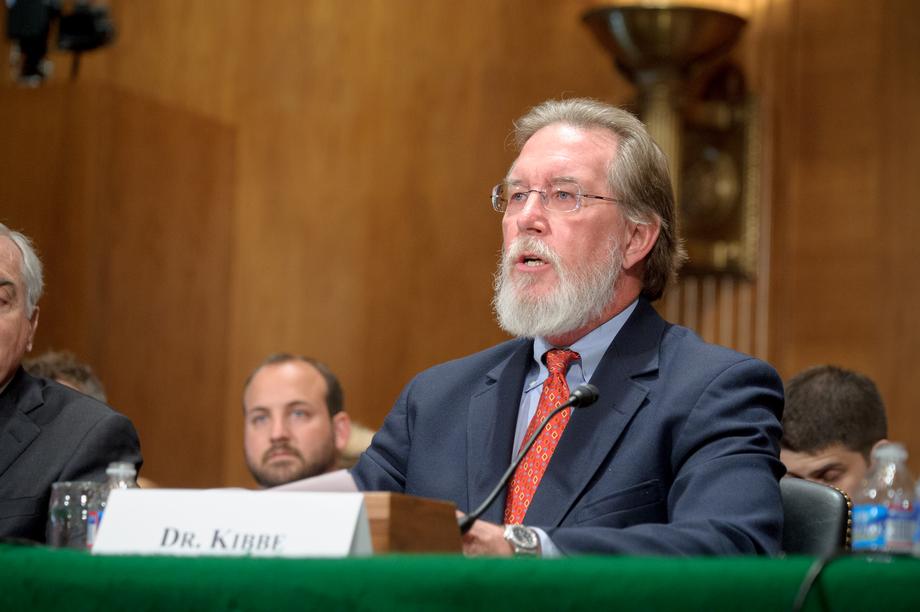
DirectTrust, a health care industry alliance created by and for participants in the Direct exchange network used for secure, interoperable messaging of personal health information (PHI) has released their list of of five health IT trends to watch in 2017. The five health IT trends outlined by DirectTrust President and CEO David C. Kibbe, MD, MBA are his thoughts about what he expects could develop over the next year that would shape the ecosystem of health IT as an industry.
“One has to begin any set of predictions about health care and health IT during 2017 with the caveat that with Donald Trump as President almost nothing is certain except uncertainty itself. It may be months or even longer before we know the full impact of his and a Republican Congress’ leadership on the crucial levers of legislation and regulation affecting healthcare funding, insurance coverage and the uses of health IT,” said DirectTrust President and CEO David C. Kibbe, MD, MBA in a statementf.
Here are the five health information technology trends to watch in 2017:
1. Efforts to repeal ACA, pass Medicare legislation will lead to months of uncertainty.
If members of the Republican Congress carry through on their promises to repeal the Affordable Care Act, and at the same time pass new legislation moving Medicare to fixed contributions towards insurance in the private sector, we are in for a period that might be characterized by the phrase ‘more questions than answers.’ Even if Congress simply begins the process in a serious way in January 2017—which is certainly expected—and what follows are months of debate and controversy, the effect will be felt by the entire healthcare industry as uncertainty about the future. This could lead possibly to a number of months of inaction that might feel like paralysis, including failures to invest in health IT infrastructure and innovation.
With more than 90% of hospitals and over 70% of all physicians now using ONC-certified EHR technology, we can expect Congress and the new White House to leave it up to the private sector how to make the best uses of the emerging national health IT infrastructure. Does this mean a decreased role for ONC? Not necessarily, in my opinion. It’s not a secret that many Republicans dislike ONC and do not want its influence to grow. That said, the EHR and health IT certification role of ONC is important to the statutory integrity of MACRA and is protected under the 21st Century Cures Bill, now law. There is grudging support, even among most Republicans, for a surveillance role for ONC if it’s limited to issues of safety and public health in EHR use.
5. Emergent health technologies will attract a lot of attention.
The wild card will be what happens with emergent health technologies capable of aggregating personal health data from multiple providers, managing it for clinical guidance and channeling big data come under the control of patients—not their providers. These include, among others, telemedicine, FHIR RESTful queries via APIs, permission-based blockchain, wearables and PHR platforms. The latter are particularly interesting as a space open to and likely to be dominated by technology giants Microsoft, Apple, Google, IBM, Facebook and Twitter, as these companies pair up with specific providers and aim their initiatives at specific diseases and conditions.

